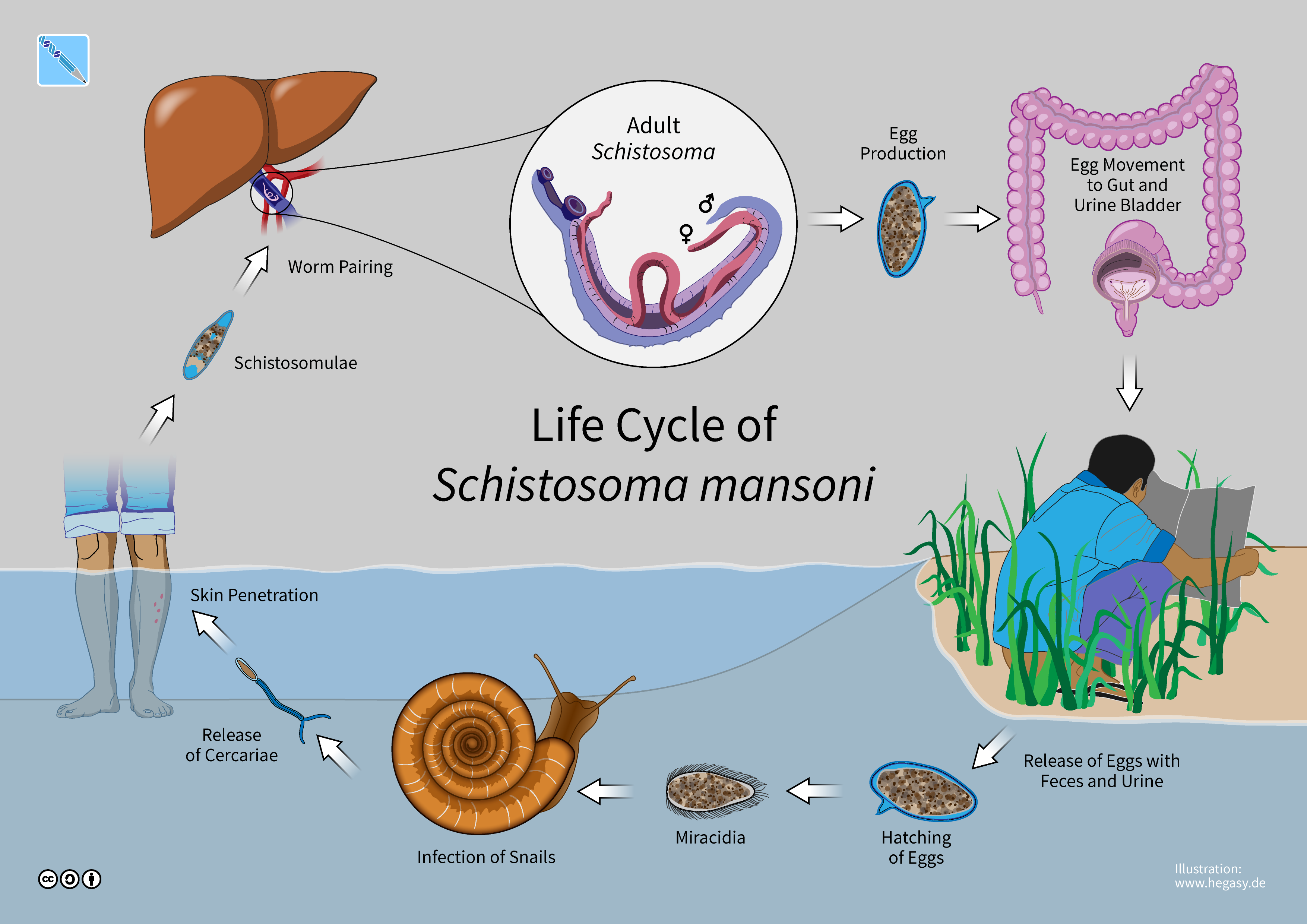The human eye is not just a window to the soul, but potentially a glimpse into the future of one’s cognitive health. A groundbreaking study has illuminated a path that could lead to the early detection of dementia, a condition that currently affects over 55 million people globally. This new research, conducted on 8,623 individuals in Norfolk, England, has revealed that a loss of visual sensitivity could be a harbinger of dementia up to 12 years before traditional diagnostic methods would identify the condition.
The Promise of Early Detection
The study began with a seemingly simple visual sensitivity test. Participants were asked to press a button as soon as they saw a triangle forming in a field of moving dots. It was observed that those who would later develop dementia were significantly slower in recognizing the triangle compared to those who did not develop the condition. This delay in visual processing is not just a trivial matter; it is a clue that may unlock the mysteries of cognitive decline.
Why does visual sensitivity decline in those who are on the path to dementia? The answer lies in the insidious nature of Alzheimer’s disease and its relationship with the brain’s visual processing centers. Alzheimer’s disease is characterized by the buildup of toxic amyloid plaques, which are known to initially affect areas of the brain responsible for vision. As the disease progresses, it begins to damage parts of the brain associated with memory. Therefore, vision tests could potentially reveal deficits before memory tests would typically detect any issues.
The implications of this discovery are profound. Visual processing is a complex function involving various aspects such as contrast sensitivity and color discernment. In Alzheimer’s disease, these abilities can be compromised, affecting the ability to see outlines of objects and to differentiate between certain colors, particularly within the blue-green spectrum. These changes can subtly impact a person’s life, often without immediate awareness.
Another intriguing finding from the study is the deficit in ‘inhibitory control’ of eye movements in individuals with Alzheimer’s. This deficit means that distracting stimuli capture their attention more easily, leading to difficulties in ignoring irrelevant information. This could have serious implications, such as increasing the risk of driving accidents, a concern currently under investigation at Loughborough University.
The study also sheds light on the recognition of faces. It appears that people with dementia process new faces inefficiently, deviating from the typical pattern of scanning from eyes to nose to mouth. This altered pattern of eye movement could contribute to the difficulty in recognizing people, which is often mistakenly attributed solely to memory loss.

Unraveling the Connection between Vision and Cognition
The relationship between visual sensitivity and memory is not one-sided. There is also research exploring whether enhancing eye movements could improve memory. While the evidence is mixed, some studies suggest that eye movements, particularly those that are rapid and from left to right, can enhance autobiographical memory. However, this effect seems to be more pronounced in right-handed individuals, for reasons yet to be understood.
Despite these promising findings, the practical application of using deliberate eye movements as a treatment for memory problems in older adults is still in its infancy. Similarly, employing deficits in eye movements as a diagnostic tool is not commonplace, largely due to the high costs and complexity of eye-tracking technologies.
The study’s authors acknowledge that until more affordable and user-friendly eye-tracking devices become available, the potential of using eye movements as a diagnostic tool for early-stage Alzheimer’s remains confined to the laboratory. Nonetheless, the hope is that with increased interest and funding in Alzheimer’s research, these visionary insights will soon be harnessed to benefit a wider patient population.
The eyes may indeed be a portal to the brain’s health, offering a non-invasive and potentially early indicator of dementia. As we continue to unravel the connections between visual sensitivity and cognitive decline, we edge closer to a future where dementia can be detected and addressed long before its most debilitating symptoms take hold.
Diving deeper into the implications of this study, we find ourselves at the cusp of a potential revolution in the early detection of dementia. The ability to predict the onset of dementia through visual sensitivity tests could transform the landscape of dementia care and research. It offers a beacon of hope for the millions of individuals and families affected by this condition, as well as for the healthcare systems that support them.
The prospect of early detection is tantalizing for several reasons. Firstly, it could allow for timely interventions that could slow the progression of dementia or even prevent it altogether. Lifestyle changes, cognitive therapies, and medications could be implemented much earlier, potentially preserving quality of life for a longer period.
Early detection could significantly reduce the economic burden of dementia. According to Alzheimer’s Disease International, the annual global cost of dementia is estimated to be $1 trillion, a figure set to double by 2030. Early interventions could alleviate some of these costs by reducing the need for extensive care and support services.
The study’s findings also have profound implications for future research. By identifying visual sensitivity as a potential early biomarker for dementia, researchers can now focus on understanding the mechanisms behind this correlation. This could lead to the development of more sophisticated and targeted diagnostic tools, as well as treatments that address the specific visual impairments associated with dementia.
Moreover, the study opens up new avenues for investigating the relationship between eye health and brain health. It suggests that regular eye exams could play a crucial role in monitoring cognitive health, especially in older adults. Eye care professionals could become key players in the early detection of dementia, working alongside neurologists and geriatricians.
The implications for driving safety are also significant. With the study highlighting that people with early-stage dementia may struggle to ignore distracting stimuli, there is a clear need for increased awareness and possibly revised guidelines for assessing the driving capabilities of older adults. This could lead to the development of specialized driving tests or training programs to ensure road safety.
The study also raises important questions about the role of eye movements in memory and cognitive function. The potential for eye movement exercises to improve memory is an exciting area of research that could lead to new therapeutic approaches. If such exercises could be proven effective, they might become a simple, cost-effective way to enhance cognitive health in older adults.
The study’s authors rightly point out that the current limitations of eye-tracking technology are a significant barrier to the widespread application of these findings. The cost and complexity of these devices mean that, for now, this method of early detection is confined to research settings.
This underscores the urgent need for investment in the development of affordable, user-friendly eye-tracking technology. Such advancements could democratize access to early dementia detection, making it a standard part of routine health assessments for older adults.
In the meantime, the study serves as a call to action for the research community. It highlights the importance of interdisciplinary collaboration, bringing together experts in neurology, ophthalmology, psychology, and technology development. Together, they can work towards translating these findings into practical tools and treatments that can benefit individuals at risk of dementia.
As we look to the future, it is clear that the study’s findings have the potential to reshape our approach to dementia. By harnessing the power of visual sensitivity as an early indicator, we can move towards a world where dementia is no longer an inevitable part of aging, but a condition that can be anticipated, managed, and perhaps one day, prevented.
In the grand tapestry of dementia research, the threads of vision and cognition are now irrevocably intertwined. As we continue to pull on these threads, unraveling the complex interplay between the eyes and the brain, we inch closer to a reality where the darkness of dementia is pierced by the light of early detection and intervention. The journey is far from over, but with each new discovery, we are reminded that the eyes are not just the windows to the soul, but also the sentinels of the mind.
Related posts:
A surprising factor can predict dementia up to 12 years in advance, study finds
This Change In Your Vision Can Detect Dementia 12 Years Before Diagnosis
Study finds how vision can predict dementia 12 years before diagnosis





